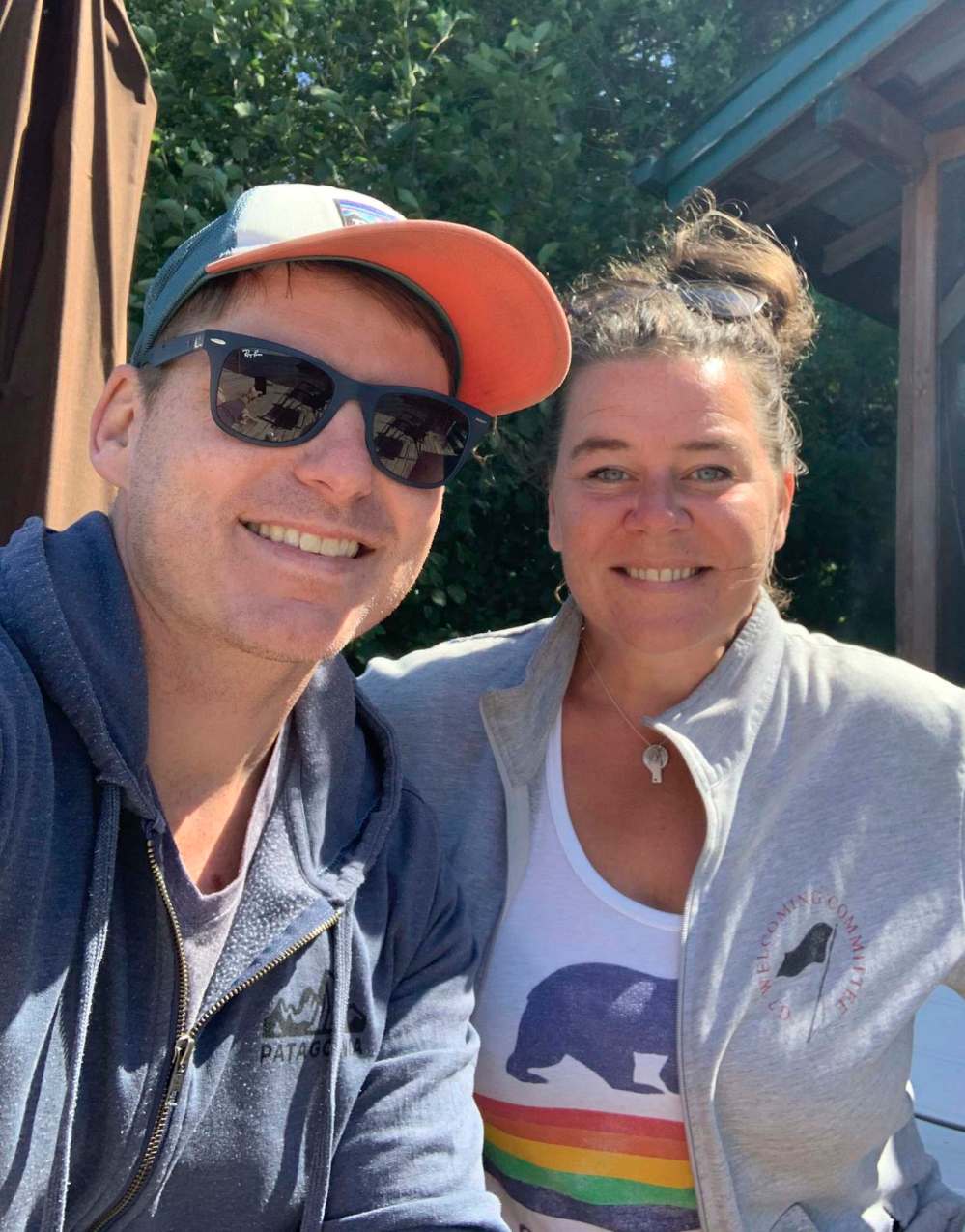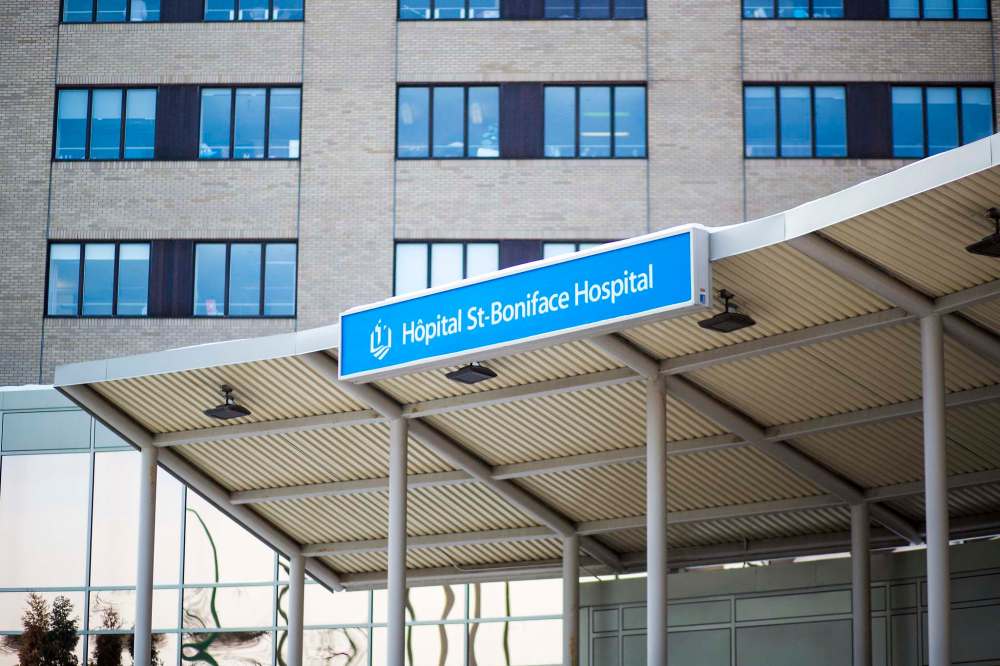Truth and consequences
Manitoba doctors saw an inevitable disaster on the horizon but their alarms were ignored; now we are all, indeed, in this together
Advertisement
Read this article for free:
or
Already have an account? Log in here »
To continue reading, please subscribe:
Monthly Digital Subscription
$0 for the first 4 weeks*
- Enjoy unlimited reading on winnipegfreepress.com
- Read the E-Edition, our digital replica newspaper
- Access News Break, our award-winning app
- Play interactive puzzles
*No charge for 4 weeks then price increases to the regular rate of $19.00 plus GST every four weeks. Offer available to new and qualified returning subscribers only. Cancel any time.
Monthly Digital Subscription
$4.75/week*
- Enjoy unlimited reading on winnipegfreepress.com
- Read the E-Edition, our digital replica newspaper
- Access News Break, our award-winning app
- Play interactive puzzles
*Billed as $19 plus GST every four weeks. Cancel any time.
To continue reading, please subscribe:
Add Free Press access to your Brandon Sun subscription for only an additional
$1 for the first 4 weeks*
*Your next subscription payment will increase by $1.00 and you will be charged $16.99 plus GST for four weeks. After four weeks, your payment will increase to $23.99 plus GST every four weeks.
Read unlimited articles for free today:
or
Already have an account? Log in here »
Hey there, time traveller!
This article was published 07/11/2020 (1848 days ago), so information in it may no longer be current.
We’ve always known the worst that could happen. It was shown to us in the earliest days of the pandemic, in stories and photos that flooded out of Italy, Spain and New York City. Stories of hospitals engulfed by COVID-19, of health-care workers frantically trying to save lives without enough protective equipment. Many got sick. Some died.
I remember reading an essay by a New York doctor, almost in shock as he described how, in a matter of weeks, it seemed as if the virus had infected the hospital itself. Every new patient was COVID-19. Every ward crammed with patients gripped by the virus and struggling to breathe. Every part of the system under pressure.
When I first read those stories back in the spring, my mind transposed these scenes of chaos and desperation onto a mental map of St. Boniface Hospital’s intensive-care unit. That’s where, for four weeks a year ago, my father fought to survive acute respiratory failure triggered by an unknown infection. He was strong. But he died.

When I left the ward late one Thursday night, I didn’t know it would be the last time. My father was gone, but a part of my heart stayed behind. I never went back to get it. It stayed there, buried among the beds and the needles and the machines that beep, watched over by the doctors and nurses and workers of all kinds.
In the haze of my dad’s illness, I had forgotten most of their faces and all of their names, except for one: Dr. Owen Mooney. I’d known him nearly two decades. His wife, Susan Krepart, was my first editor, the first person who gave me a job as a writer.
I remember watching him study for his medical college admission test. I remember when he got accepted. So when those memories converged with a terrible present, the familiar face was a blessing. “This is Dr. Mooney,” one nurse said, introducing him at a particularly difficult family meeting. I looked up: “Yeah, hi, Owen.”
Even then, I thought it was a grimly funny Winnipeg moment — never much more than one degree of separation.
So through the spring and summer, as COVID-19 engulfed North America, it was that St. Boniface Hospital ward I imagined being overwhelmed by sick patients, and it was Owen’s face I pictured when I read about the risks nurses and doctors were facing. It made it more real. It helped me put into context the sacrifices society had to make.
All I wanted was for those doctors, those workers to be safe.
We are not at the worst that can happen yet. But we are getting closer. In the last several weeks, outbreaks have been declared at St. Boniface Hospital, at Victoria General Hospital and, now, at Health Sciences Centre. The ICUs are almost out of beds; on Oct. 29, St. Boniface announced it was officially over its ICU capacity.
And earlier this week, in an interview with my Free Press colleague Kevin Rollason, Mooney spoke out to say that he was sick with COVID-19. He got sick the same day he joined nearly 200 other doctors in signing an open letter to the province, warning of the perils hospitals faced if more wasn’t done to crack down on the virus.
Mooney isn’t the first health-care worker to get sick in Manitoba. He won’t be the last. What we have seen in other jurisdictions tells us that some of those who contract COVID-19 while working in hospitals or personal-care homes won’t make it. They are putting their bodies on the front lines for us, and working to exhaustion.
Then you turn on the news, and see that Health Minister Cameron Friesen was questioning the “motivations” behind the doctors’ open letter. Then you read my colleague Ryan Thorpe’s report in the Free Press that the province had been warned as early as July 2019 that critical care was facing serious shortfalls and could not handle a surge.
“I strongly suspect that by January or February we will all profoundly regret not having dealt with this problem,” wrote Dr. Daniel Roberts, a Health Sciences Centre critical-care physician and University of Manitoba medical school professor, in an Oct. 23, 2019, letter to Friesen.
The minister never responded; just weeks later, a worrisome new virus began popping up in Wuhan, China.

The pandemic’s arrival here probably couldn’t have been avoided. In all the finger-pointing about what else could have been done, we forget to give the pathogen itself a little credit: it’s designed for this, designed to replicate and spread from body to body without getting stopped. That’s its only job, and it’s good at what it does.
But we could have been better prepared. We could have had ICUs that were already positioned to withstand a big surge of patients.
When the final damage of this pandemic is tallied, we will have lots to reckon with about how the strength or weakness of global health-care systems factored into survival rates, and even internal spread.
Still, we’re here now. The past can’t be changed. Nor can the decisions that left critical care in a state where it was already strained for beds and resources, including trained ICU nurses and respiratory therapists. Where nurses are having to be rushed through the 16-week ICU training process. Where we were, simply, not ready.
But we can change the future. Maybe in the recent past, the public wasn’t ready to get angry when the province cut the number of ICU beds and chipped away at other system resources. It’s easy not to think too much about what happens inside a hospital unless you’re forced to see it, and health-care workers managed to hold it together for those in need.
Now, as those workers face a surge of COVID-19 patients that is likely to keep increasing, as they become sick with the virus themselves, we are starting to see their faces and know their stories. We are learning how, mired in the most serious crisis the health-care system has endured in more than a century, we can stand behind them.
On Friday night, on an initiative started by Winnipegger Oly Backstrom, some Manitobans stood outside their homes at 7 p.m. and banged pots in support of the province’s doctors. Making noise is a good start. In the weeks to come, perhaps the din from the public will grow so loud the province will be forced to listen.
melissa.martin@freepress.mb.ca

Melissa Martin
Reporter-at-large
Melissa Martin reports and opines for the Winnipeg Free Press.
Every piece of reporting Melissa produces is reviewed by an editing team before it is posted online or published in print — part of the Free Press‘s tradition, since 1872, of producing reliable independent journalism. Read more about Free Press’s history and mandate, and learn how our newsroom operates.
Our newsroom depends on a growing audience of readers to power our journalism. If you are not a paid reader, please consider becoming a subscriber.
Our newsroom depends on its audience of readers to power our journalism. Thank you for your support.

